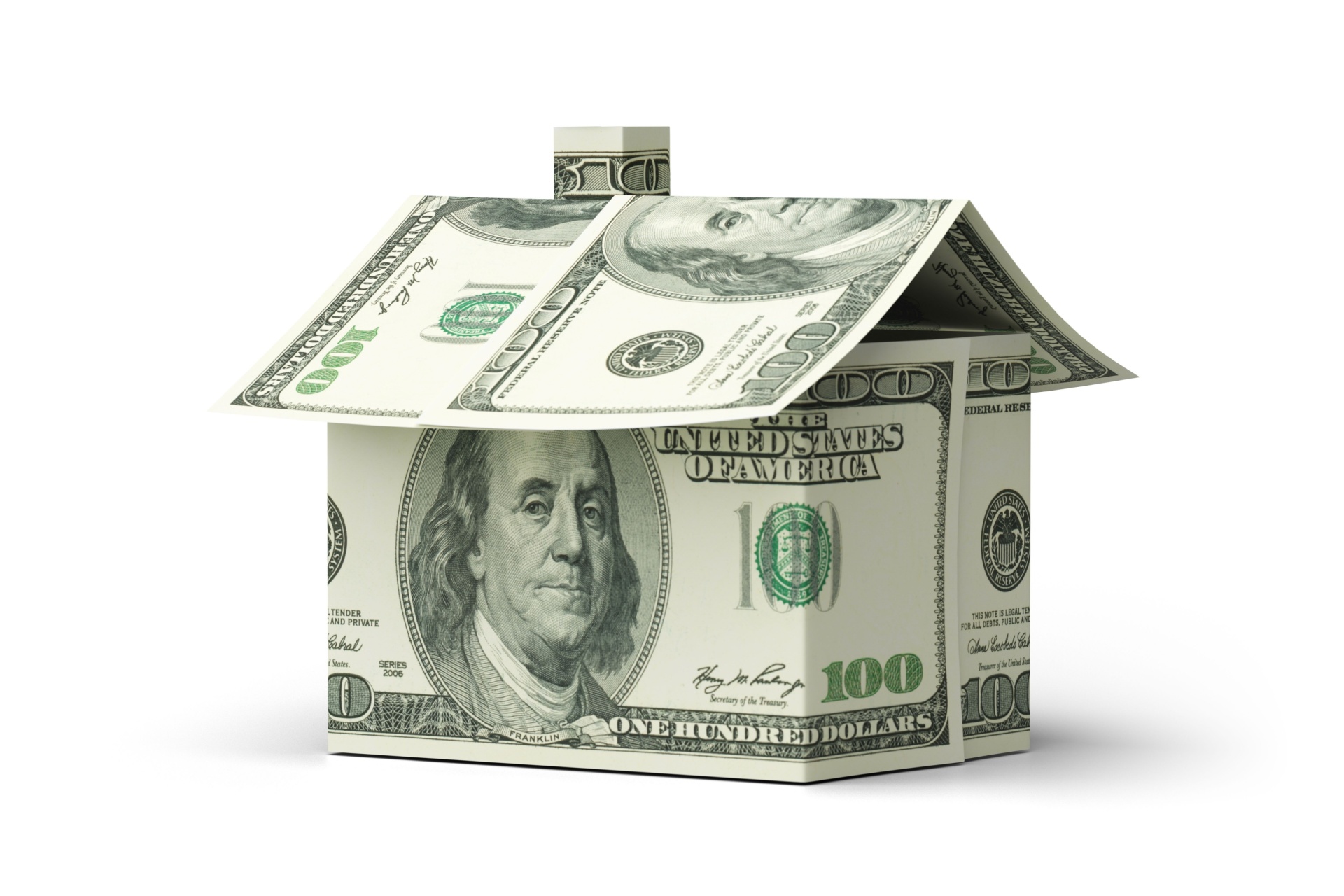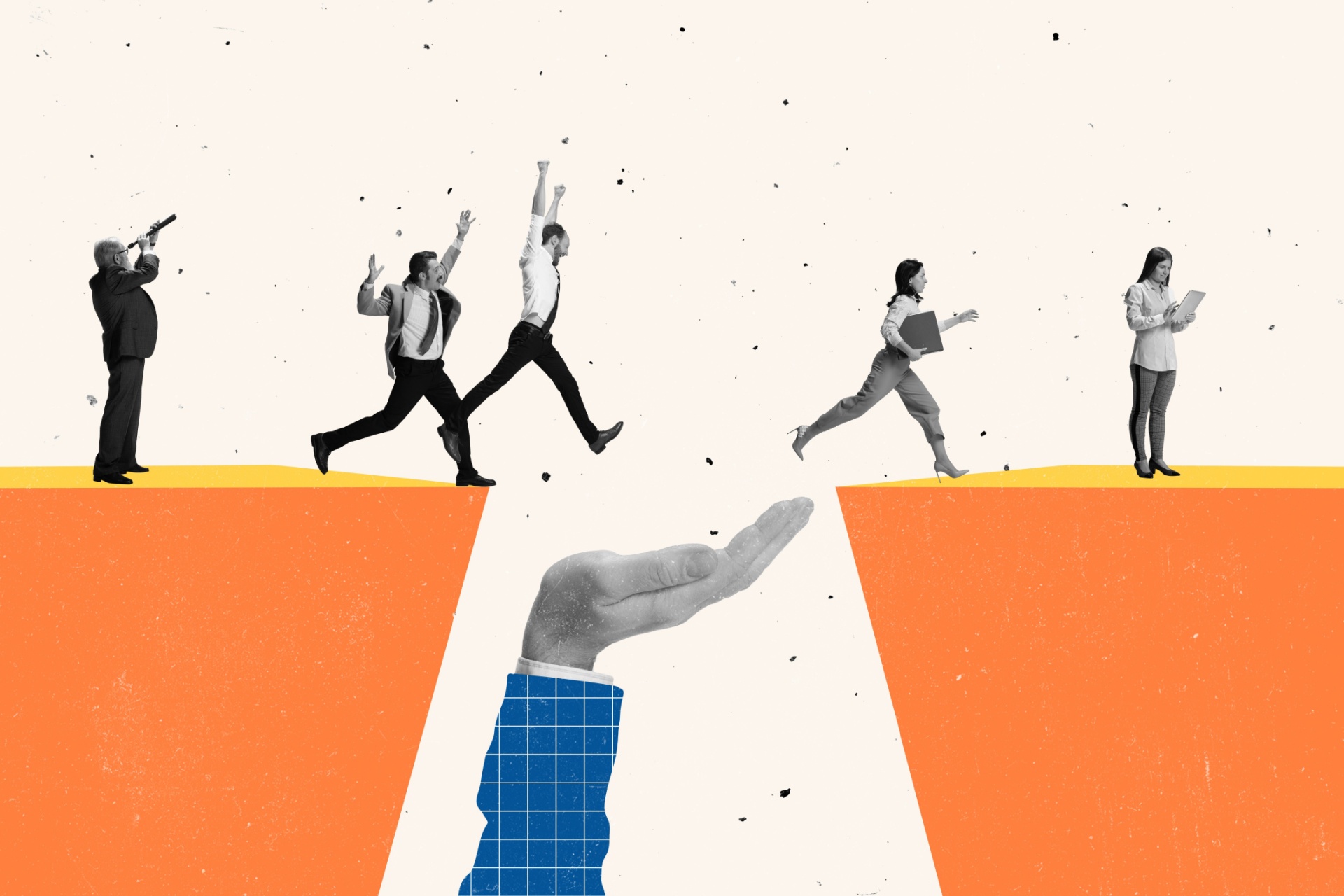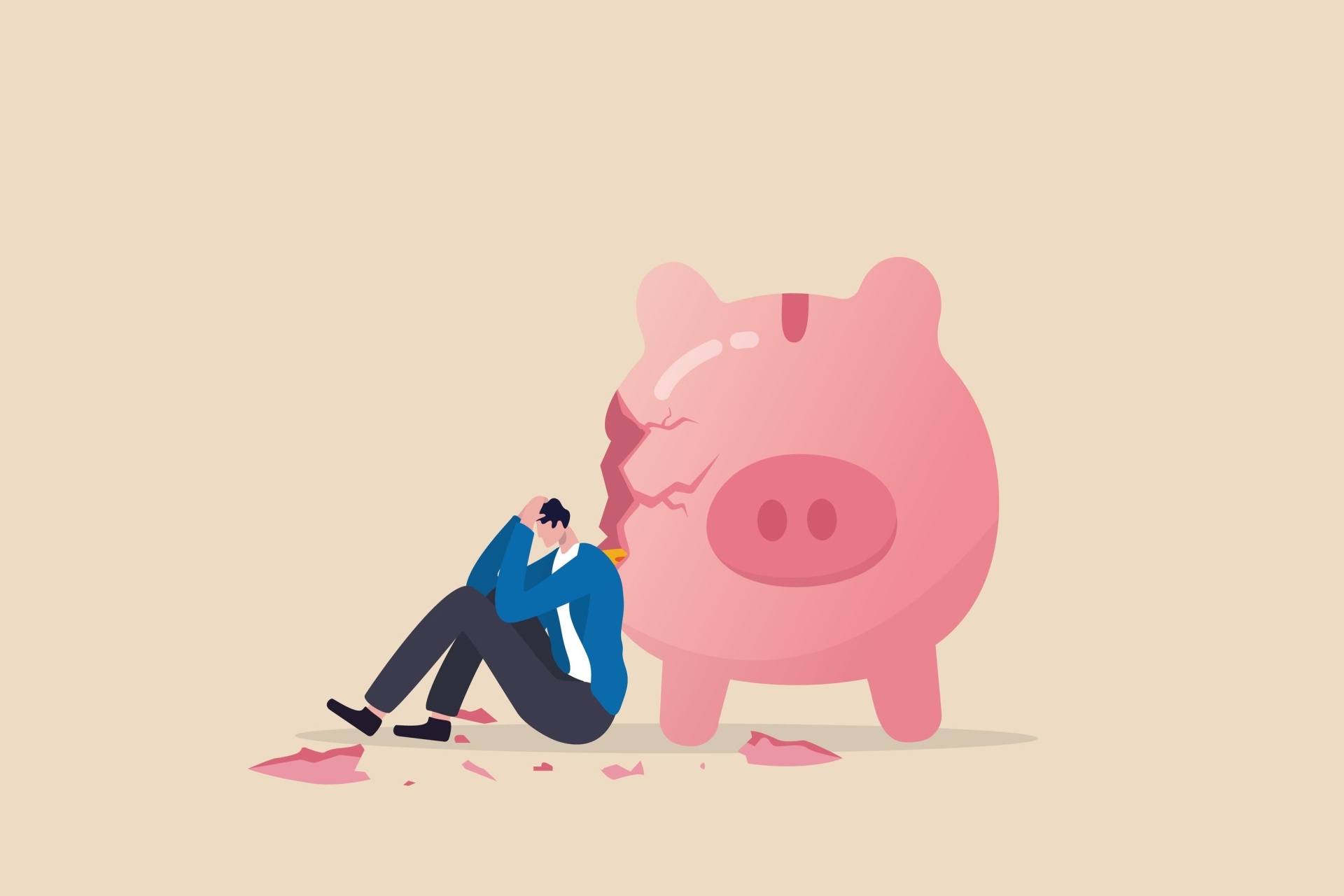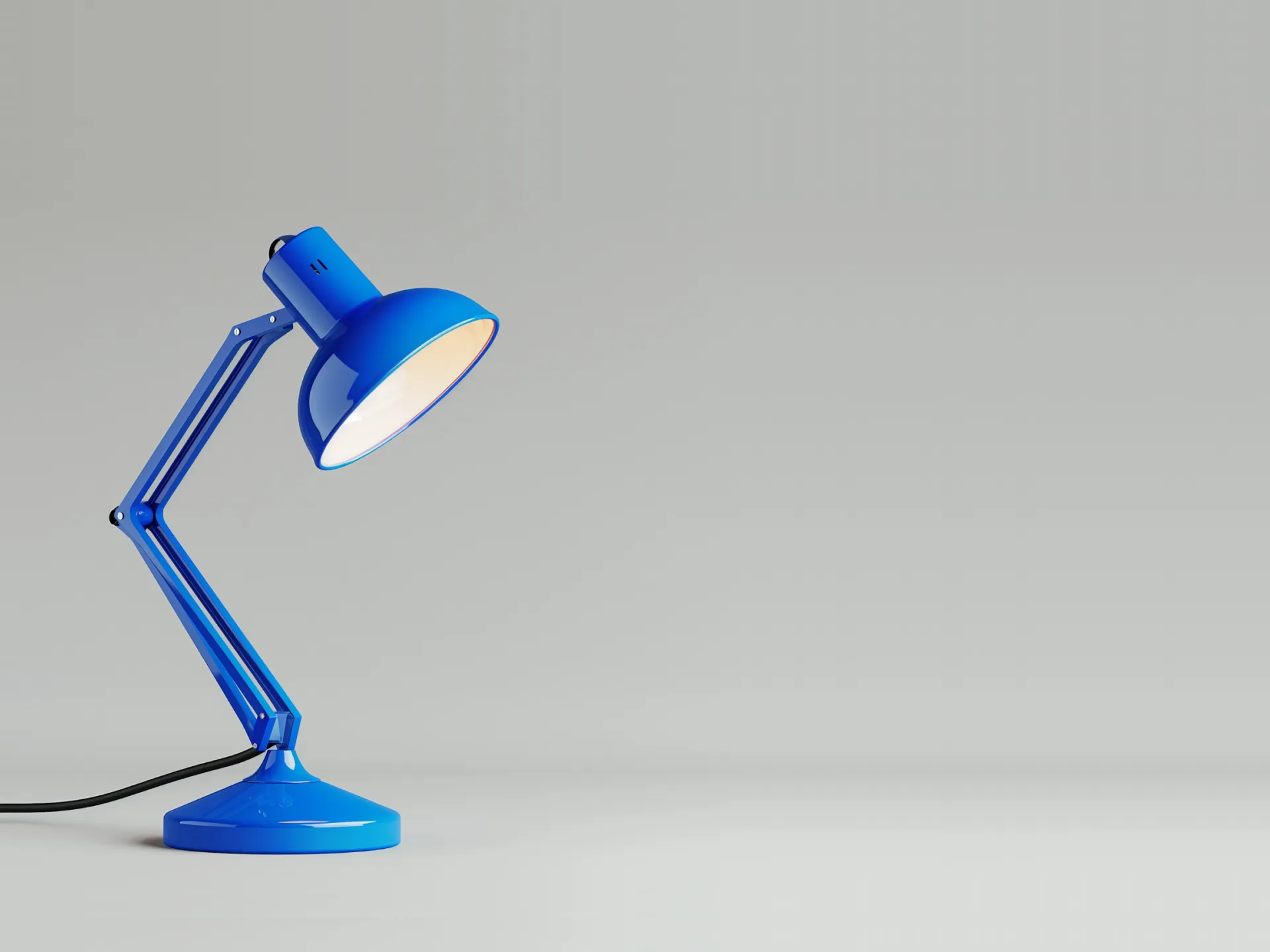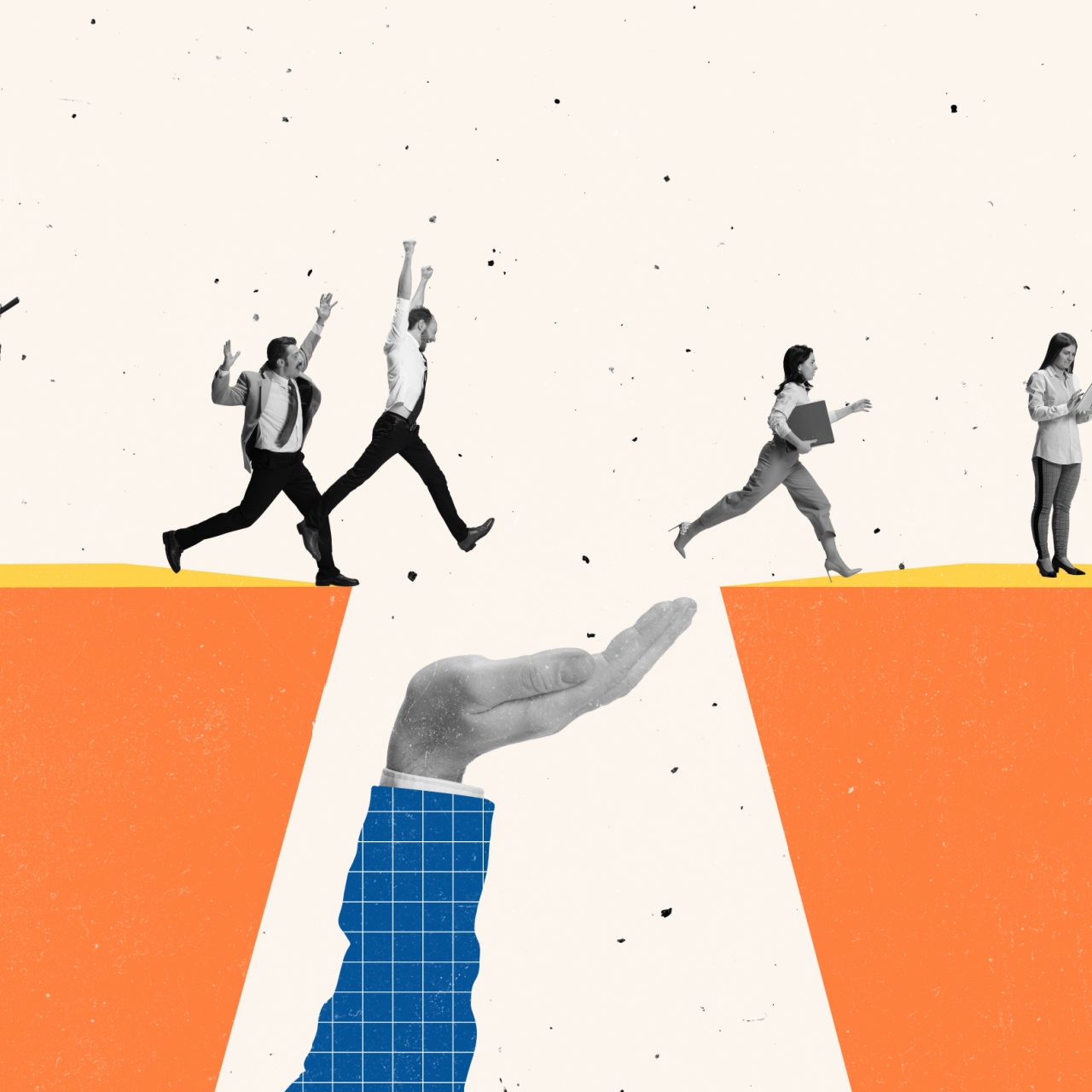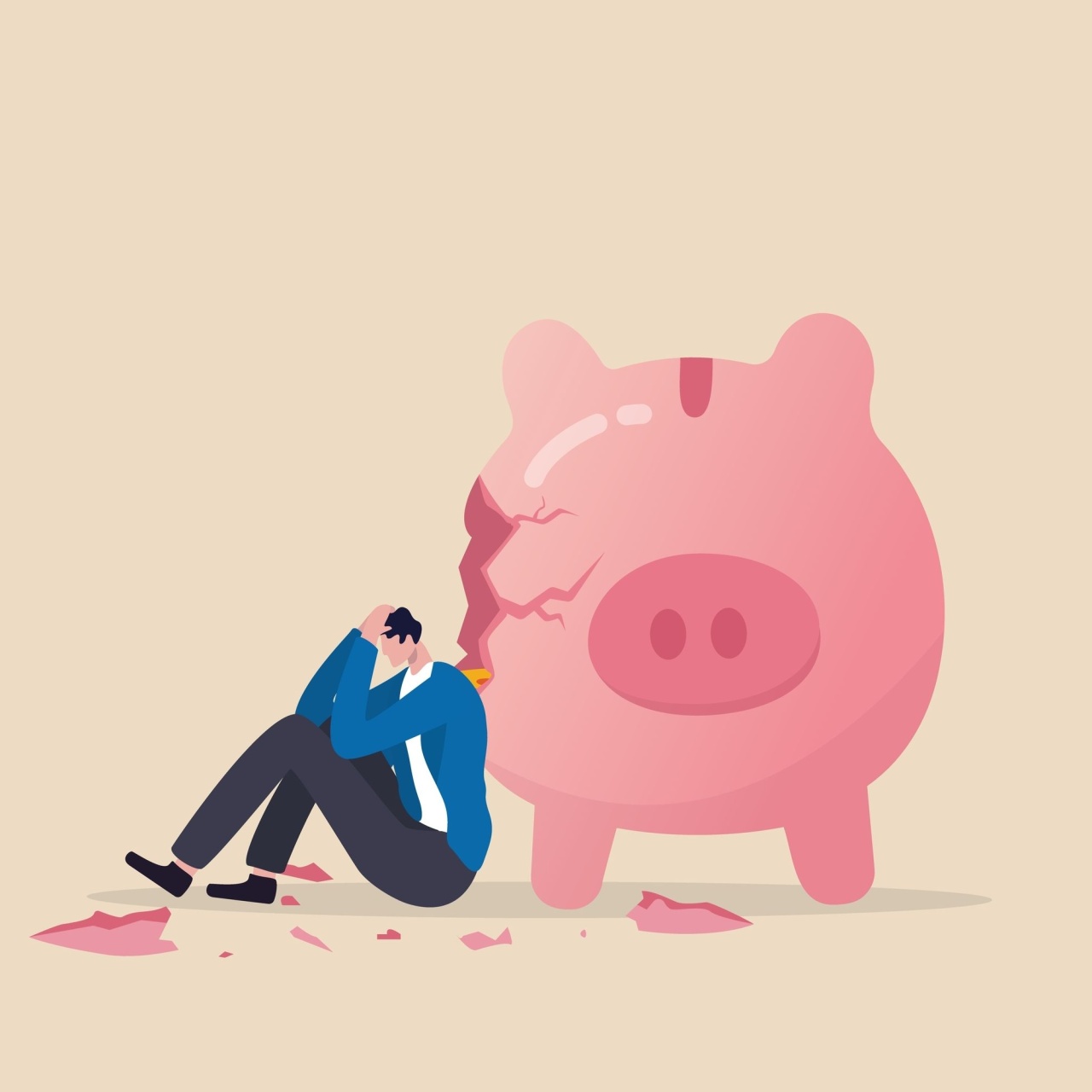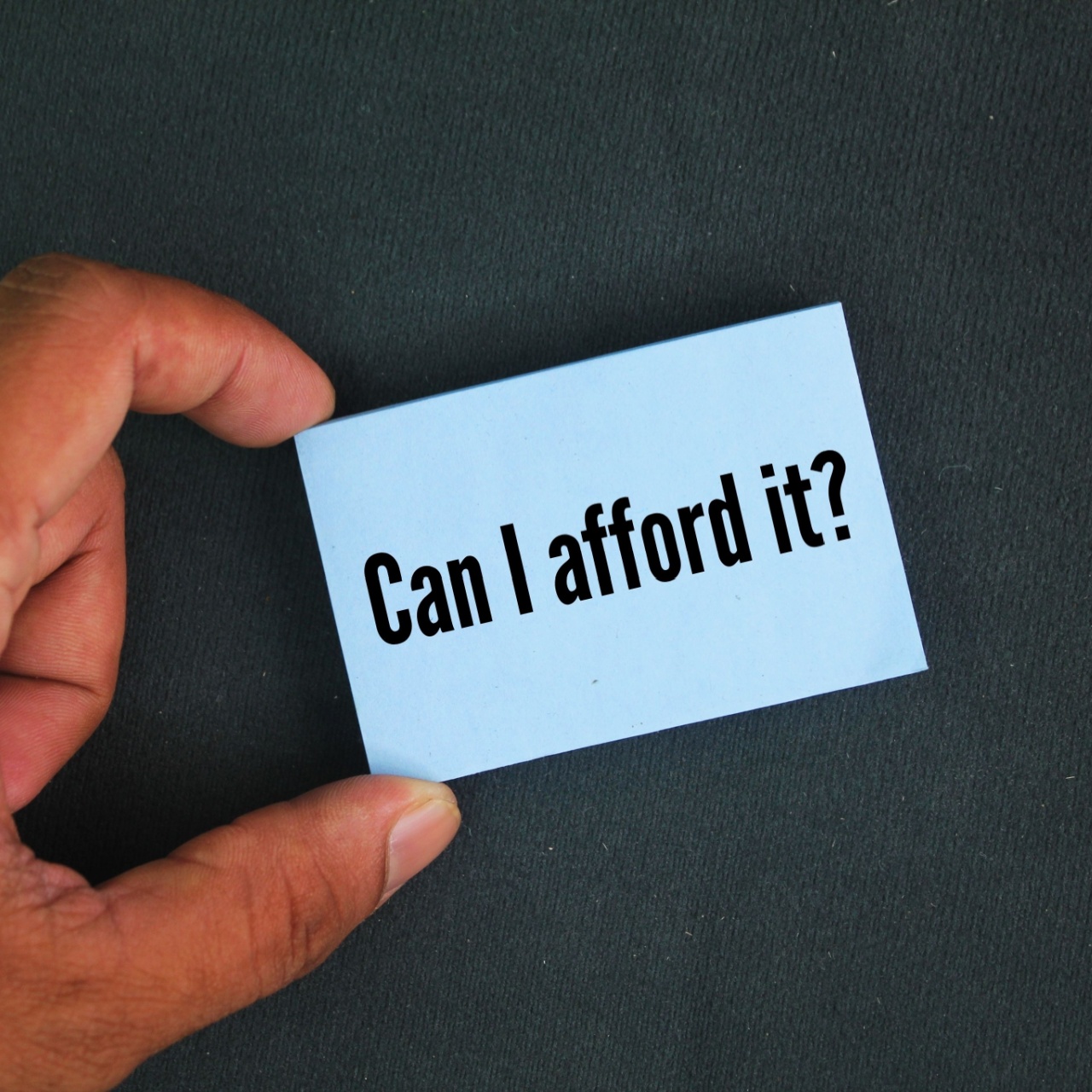Okay, let's talk about something that sounds super grown-up and maybe even a little scary: mortgages. If you're anything like me when I first heard the word, you pictured complicated charts, stuffy bank offices, and maybe a headache.
Buying a house or condo might feel like a million years away (especially looking at prices these days!), but understanding how people actually afford those places is key. And spoiler alert: most people don't pay cash. They use a mortgage. So, let's break down what this beast actually is.
So You Wanna Buy a House Someday? Let's Unpack Mortgages
(Heads up: It's Saturday, April 26, 2025, so keep in mind things like interest rates change all the time!)
What IS a Mortgage, Really?
At its core, a mortgage is just a loan, but a really, really big one, specifically designed for buying property (like a house, condo, or townhouse). You borrow a large chunk of money from a lender (like a bank, credit union, or mortgage company), and you promise to pay it back over a long period, usually 15 or 30 years.
Here's the crucial part: the property itself acts as collateral for the loan. That means if, worst-case scenario, you stop making payments, the lender has the legal right to take the property back (that's called foreclosure). It sounds harsh, but it's why lenders are willing to risk lending such huge amounts of money.
Breaking Down the Monthly Payment: P.I.T.I.
Your monthly mortgage payment isn't just one thing; it's usually made up of a few key parts, often abbreviated as PITI:
- Principal: This is the actual money you borrowed. Every payment you make includes a portion that goes towards chipping away at this original loan amount.
- Interest: This is the cost of borrowing the money – basically the lender's profit for giving you the loan. Especially in the early years of your mortgage, a huge chunk of your payment goes towards interest. (We'll touch on why in a sec).
- Taxes: Property taxes. These are taxes you pay to your local government based on the value of your property. They fund things like schools, roads, and public services. Instead of you saving up and paying a big lump sum once or twice a year, the lender often collects 1/12th of the estimated annual tax bill with each mortgage payment and holds it in an account called escrow. They then pay the tax bill for you when it's due.
- Insurance: Homeowners insurance. This protects your (and the lender's) investment against things like fire, theft, or storm damage. Lenders require you to have it. Like taxes, the lender often collects 1/12th of your annual insurance premium each month via escrow and pays the bill for you.
(Sometimes, if you make a smaller down payment, you might also have PMI - Private Mortgage Insurance - added to your payment, which protects the lender if you default. More on down payments below!)
Key Mortgage Concepts You'll Hear:
- Down Payment: This is the chunk of money you pay upfront when buying the home. It's your initial investment. Traditionally, people aimed for 20% of the home's price, but many loan programs exist today allowing for much lower down payments (like 3%, 5%, or even 0% for certain types of loans like VA or USDA loans). A larger down payment generally means a smaller loan (and lower monthly payments) and helps you avoid PMI.
- Loan Term: This is the lifespan of the loan. The most common terms are 30 years and 15 years.
- 30-Year: Lower monthly payments, but you'll pay way more in total interest over the life of the loan because you're borrowing for longer.
- 15-Year: Higher monthly payments, but you pay the loan off faster and save a ton of money on total interest.
- Interest Rate: The percentage the lender charges you for borrowing. This can be:
- Fixed-Rate: The interest rate stays the same for the entire loan term. Your principal and interest payment won't change, making budgeting predictable.
- Adjustable-Rate (ARM): The interest rate is fixed for an initial period (e.g., 5 or 7 years) and then can change periodically (usually once a year) based on market conditions. ARMs might start with a lower rate than fixed loans, but carry the risk that your payments could go up significantly later.
- Amortization: This fancy word describes how your loan payments are structured. With most mortgages, your early payments are heavily weighted towards interest, and only a small amount goes to principal. As time goes on, that ratio slowly flips. Towards the end of your loan term, most of your payment is going towards principal. Think of it like battling a boss: you chip away at their defenses (interest) before you really start lowering their main health bar (principal).
Why Go Through All This?
It sounds like a lot, right? So why do people get mortgages?
- Homeownership: It's the primary way most people can afford to buy property without having hundreds of thousands of dollars sitting in cash.
- Building Equity: As you pay down your principal and/or if the property value increases, you build equity – the portion of the home you actually own. It's like a forced savings account that can grow over time.
- Stability & Customization: Owning your home means you can paint the walls whatever color you want, renovate the kitchen, and you don't have to worry about a landlord deciding not to renew your lease.
Look, mortgages are a massive financial commitment, probably the biggest one most people ever make. They seem complicated at first glance, but once you break them down into their core parts – the loan amount (principal), the borrowing cost (interest), the payback time (term), and your upfront cash (down payment) – they become much less intimidating.
You don't need to be an expert today, especially if homeownership is still a "someday" goal. But knowing the basics empowers you. When the time comes to think seriously about buying, you'll have a foundation to stand on, you'll know what questions to ask, and you won't feel completely lost in the jargon. It's a long-term game, but understanding the rules is the first step to playing it well.
.svg)

